Not too many people know, that the playing fields along Beehive Hill, once had a dwelling on the site, called Holly Cottage. It was located at the top end of the field, where the football pitch is today, and got its name from the row of holly trees to the rear of the property.
The cottage dates back to c1850, and census records over the years differ as to the actual postal address, varying between: The Birmingham Road, The Camp and Fieldgate Lane. The name Holly Cottage was never always recorded by the enumerators. (more about the postal problems later).
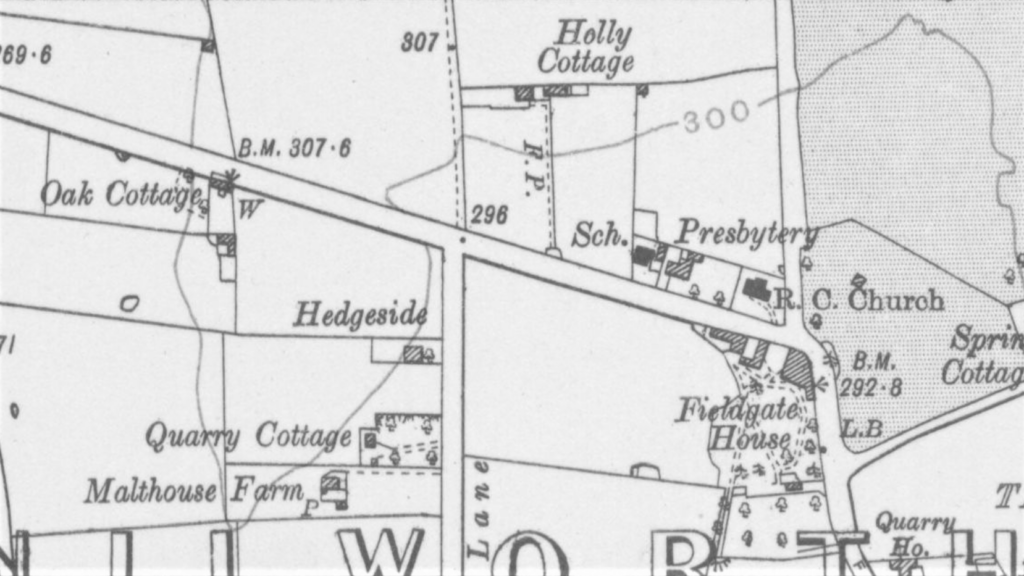
William Brown and Family
In 1861, William Brown was living at the cottage with his wife Emma and their four children, Lucy 10, Alfred 8, Ellen 6, Charles 3, plus two lodgers. William was a bricklayer by trade but he also farmed 8 acres of land. The family had moved to the cottage from Pepper Alley a few years earlier, probably because they needed more space. By 1871, the family were still in residence, and now had five children, the addition being a daughter, Emily, who was then 7-years-old. They now had just one lodger. A decade later in the 1881 census, William was then 61-years-old and the family were now farming 12 acres. He died a year later, and wife Emma died the following year, she was 60. They had been married 33 years.
Sale of Holly Cottage – 1882
In August 1882, the Leamington Spa Courier reported that Holly Cottage and its land had been sold at auction for £450 at the Crown Hotel in Leamington. The purchaser being retired solicitor William Evans, of The Spring in Kenilworth. At the same auction, he also bought the adjacent property, Camp Farm and its land, which totalled more than 116 acres.
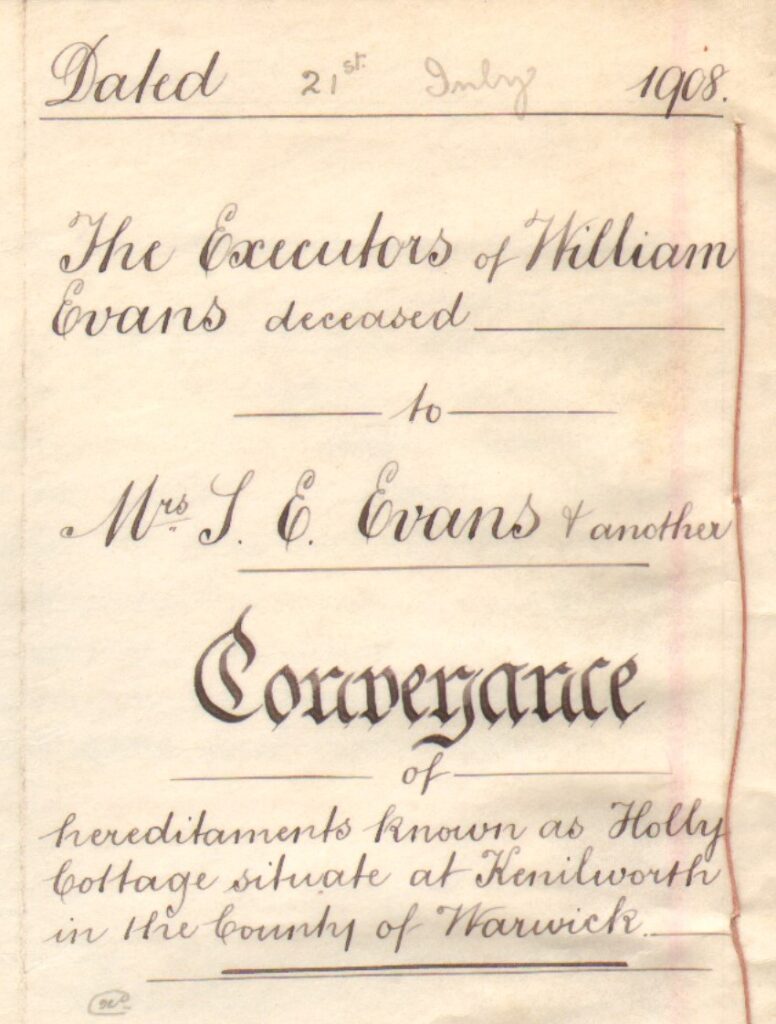
William Evans died in 1907, and a conveyance the following year, shows Holly Cottage being transferred to his wife Sarah (and another).
Brown Family Continue Living at Cottage
Following the death of her parents, Ellen Brown, now the head of the family, continued with the tenancy of the cottage and land. In the 1891 census it confirms she was still in residence and continuing as a farmer. She was then aged 36, and living with her three siblings, brother Charles and two sisters, Martha and Emily. In 1911, all four were still at the cottage, Martha was unfortunately described as being ‘feeble minded’.
By 1921, there was just the three sisters remaining at the cottage, and their exact ages were recorded: Ellen 64 years, 9 months, Martha 54 years, 6 months and Emily 50 years, 9 months.
But early in 1939, tragedy would come to the cottage. Ellen died on 29th January, aged 84, and just two days later Martha died at Warwick Hospital on 31st, her age was recorded as 77. The fate (from 1921) of the younger sister, Emily, is unknown.
The Brown’s eldest daughter Lucy, who was born in early 1851, lived less than 20 years at the cottage. She went on to marry artist Walter Scott in 1881. Although living in various parts of the country during her life, she came back to Kenilworth and died at Knowle Hill during the war in 1941. She was 90, and a widow. At probate, she left Effects of more than £7,500.
Alfred the eldest son, married Maria Cooper at St. John’s in 1874, they eventually had 8 children. In the early years of their marriage they lived at the Old School House in Borrowell Lane. He died in 1928, aged 76.
Charles, the youngest son, born in 1857, lived at the cottage for most of his life. However, he does not appear on the 1881 census, but does re-appear at the cottage in the later cencuses, the last being 1911. His occupation was recorded as a ‘rabbit catcher’ and farmer. The date of his death is unclear but a death record appears for a Charles Brown on the Civil Registration Death Index for the year 1913, age of 57. This would be about the right age, but it is uncertain if this is the correct Charles Brown or not.
The Arrival Of The Skinners
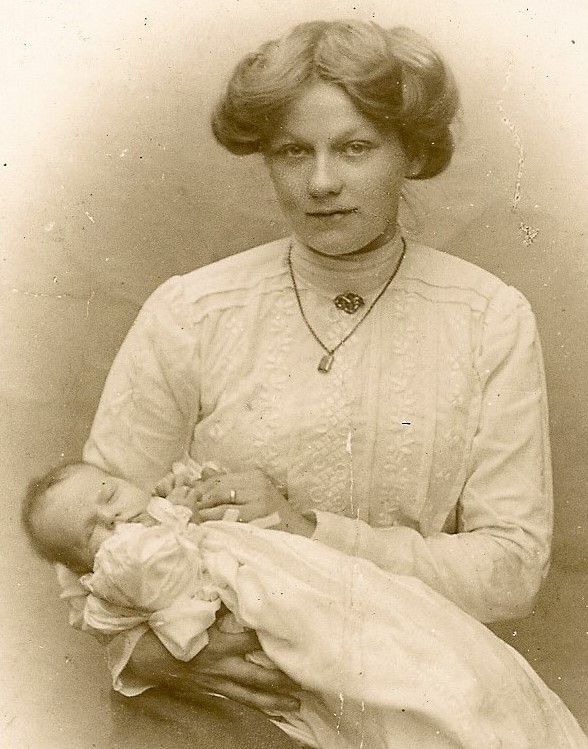
Herbert Skinner, (pictured above) a WW1 veteran, came to Kenilworth with his family in 1939, this would have been before September as they were recorded on the 1939 Register, which was taken on 29th of that month. Unbelievably, there were 17 people recorded at the cottage (not all Skinners), which included Herbert’s 80-year-old father, William. He and his wife Hilda, (see photo) would eventually have a total of 16 children, ten boys and six girls.
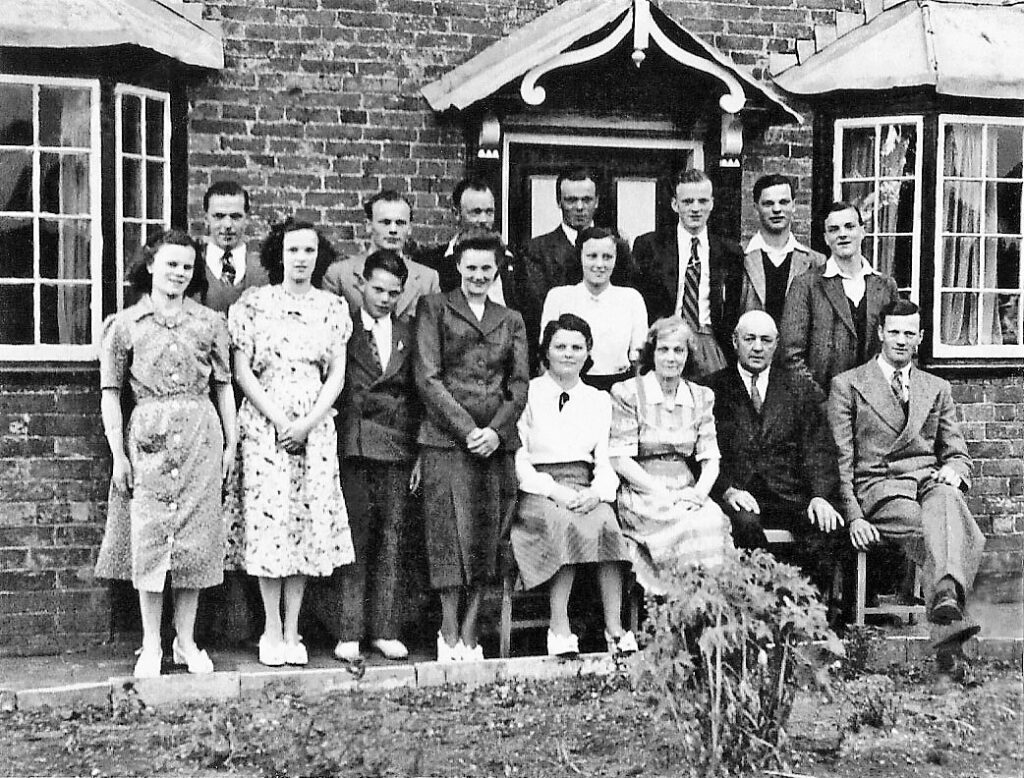
Back Row – Left to Right. Arnold, George, James, Herbert Jr. Frank, Clifford.
Front Row- Left to Right. Mary, Rose, Gerald, Evelyn, Ethel, Sylvia, Hilda, Herbert Sr, Harold.
Water Found On The Fields – KUDC take on Lease
The cottage had an outside brick-built ‘privy’, which consisted of just a hole in the ground with a plank of wood with a hole in it, supported by bricks. For sanitation purposes the pit was limed. The cottage had no running water, and so had to rely on water from a well.
Because water had been found on the site (on the field where the allotments are now) the Kenilworth Urban District Council (KUDC) had an obligation under the 1936 Public Health Act, to extract the water for the town’s use. So, in early 1939, a lease agreement was made between them, the then owner Gertrude Emily Evans, (daughter of the late William Evans), at an annual rent of £55.
Fields Purchased by KUDC – 1944

The cottage, outbuildings and land (totalling 3 acres, 3 roods and 37 perches) were eventually purchased outright by the KUDC on 6th December 1944 for £1060 from Miss Evans.
At the time of the sale she was living on the south coast having left Kenilworth several years earlier. She died in Bournemouth on 1st March 1966, aged 92, leaving a hefty £71,695 in her will. She is buried in the Evans family plot at St. Nicholas Churchyard.
Borehole
But it wasn’t until 1947, that the KUDC took further action concerning water extraction. In March of that year, they decided to ask the Ministry of Health for a loan of £3,250, for the sinking of a trial borehole, on a five-year-term. They received a tender of £2,445-18s from a London Company, which they accepted. The borehole was eventually drilled to a depth of more than 500 feet, but the operation took longer than originally antisipated. Some of the workers even lodged at the cottage. However, there were concerns at the KUDC that the yield of water would not be sufficient to justify the amount of money being spent on the project. Consequently work stopped for many years, and it wasn’t until 1959, that work recommenced.
Later on during the Skinners tenancy, a modernised flush toilet and sewer system was installed by Jack Riley of Castle Hill. He dug a trench (without any help, apparently) all the way along the hedgerow from the cottage to the main sewer pipe on Beehive Hill (then known as Birmingham Road).
KUDC Refuse Memorial Hall Proposal – 1945
At a KUDC meeting on 18th December 1945, a discussion took place following a request by the Memorial Hall Fund Committee of St. Augustines Church, who were enquiring whether the council would be willing to sell or lease, a strip of land attached to Holly Cottage, for the purposes of erecting a Memorial Hall. After due consideration, the Chairman of the Waterworks Committee, made reference about the future development of the site, and having regard to the geoligists report, it was decided that the Memorial Hall Fund Committee, be informed that the KUDC regrets its inability to dispose of or to grant, any lease of the land. The reason being was the impending development, in connection with the waterworks that was being undertaken, which was of great importance.
Mystery Of The Old Air Raid Shelter
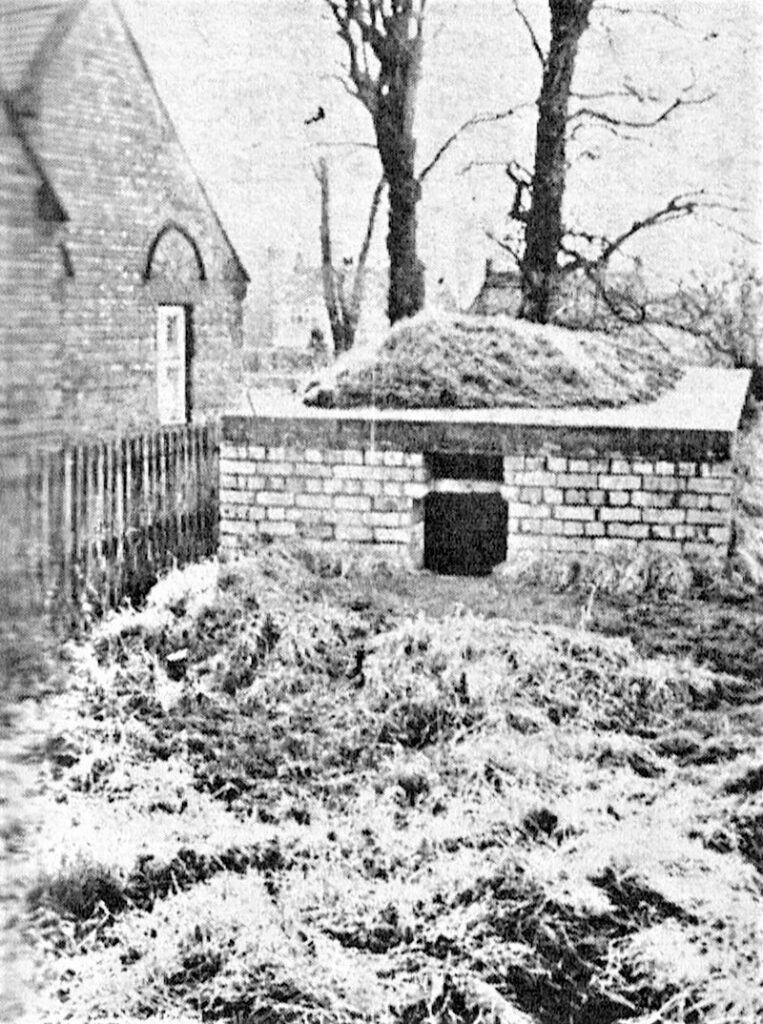
Following the outbreak of WW2 many Air Raid Shelters were built around the town. The decision was made to build a shelter in the fields, adjacent to St. Austin’s school, for the use of the children, if needed. It is not known the exact year it was built. It was about 20 yards from the road and measured 14 feet in length and was ‘partly-below’ ground level. An adult could easily stand-up inside it. The main doorway faced the school from which there was access via a fence. There was also a smaller enterance on the northside of the shelter (clearly visible in the photo) but its purpose is un-known.
Photo courtesy of the Kenilworth Weekly News (1970)
By 1970, the shelter was becoming a hazard, and a ‘dump-site’. Over the years, oil drums, corrugated iron sheets, rubble etc, had been thrown inside. The KUDC, feared that children could enter the shelter and possibly injure themselves, and be unable to get out. They decided that demolition maybe an option. But with the re-structuring of local government at the time, KUDC never followed through on it.
Several years went by, and it was still standing, and was still be used for ‘fly-tipping’. It was now the responsibility of the new authority, Warwick District Council (WDC). By 1976, it was being used as changing-rooms, apparently by football teams. Inside were benches, hurricane lamps and an oil stove, with plenty of ready-to-burn wood. The originial bricked-up enterance, had now been replaced by a well constructed lockable door. But the WDC were baffled that no one had ever approached them or the previous council for permission to do this work.
On Monday 5th April 1976, the shelter caught fire and a nearby resident alerted the Fire Brigade. Fireman had to break open the door and use breathing apparatus to make sure no one was inside. There was also a small fire the following day, but luckily, this didn’t amount to much. It was reported that someone had approached the shelter and two boys had ran off.
The shelter was eventually demolised, and is now part of the allotment.
From Birmingham Road to Beehive Hill
For many years, the stretch of Birmingham Road, that ran alongside the fields had always been known locally as ‘Beehive Hill’, especially by the older folk. In August 1958, the KUDC, received a letter from a local resident requesting that this portion of road be officially named Beehive Hill. The Council surveyor agreed in principle, but came to a compromise. He stated that the street plates were on order and would read; Birmingham Road (Beehive Hill), which he hoped would satisfy the letter writer and other locals. However, over a decade later in September 1969, at a KUDC Health & Highways meeting, the surveyor reported that there was confusion about the naming of the road. In some cases Beehive Hill was used as a postal address, while others were using the old name of Birmingham Road. Currently, Birmingham Road (Beehive Hill) is shown on the street plates for that section of the road, from Fieldgate Lane to the junction at Clinton Lane. From Clinton Lane, northwards, is the Birmingham Road. It was agreed by the committee, that this section of road be solely named Beehive Hill, and the street plates altered accordingly.
Origins of the Beehive Name
The name originates from the ‘Beehive Inn’ that was once in operation more than 160 years ago. The building still exists today, located on the brow-of-the-hill, now called ‘Oak Cottage’. In the census of 1861, Edward Bishop, a Kenilworth man, was in residence with his family, and he was described as being a ‘Beer House Keeper’. Ten years later in 1871, the property had changed hands, and was run by Richard Hughes. He was originally from Southam, and was recorded as being a ‘Licensed Virtualler’. But by August of that year, his license had been suspended.
Opposition to Licence
At the Leamington Petty Sessions on 27th September, the magistrates heard the case for the renewal of his licence. But the police opposed it on the grounds in which the way the house was being conducted. Inspector Thomas, stated that on Licencing Day last year (1870), Hughes threatened to stab his wife, and only a few days later, he had to be ‘conveyed’ home by police. They had found him in a ‘utter state of intoxication’, he was also bleeding from a wound to his head. On another occasion, he had threatened to shoot both his wife and daughter, who then sought the security of the police. Constable Brown attended the house, and found Hughes behaving like a ‘madman’. He searched the house and found a shotgun with both barrels loaded. While the constable was searching the cowshed, Hughes threatened to ‘run him through with a pitchfolk’. Hughes, clearly had mental health issues, and had spend some time at the Hatton Lunatic Ayslum. Constable Brown believes that drink was the main cause of his problems, but his wife said that ever since her husband’s brother had died, and had seen his corpse, his mind had been deeply affected. However, following his return from hospital, he has been fit and stable. The magistrates initially refused the renewal, but instead, suspended it for 21-days, in the hope that Mrs Hughes could sell the business to someone who the bench would approve of.
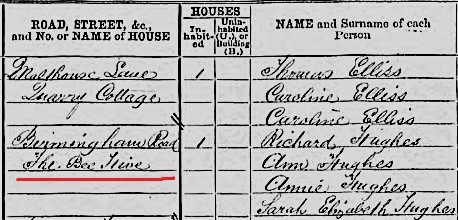
It looks like the ‘Beehive’ closed after the problems with the licencing issue. However, in 1881, the family were still living at the property, Richard Hughes had now changed trades completely. He was now a full-time farmer of 20 acres, so it looks like he had got his life back together. From that year onwards, there is no reference to the ‘Beehive’. In the 1891 census, he was still farming but died three years later, aged 72. His widow Ann continued to live at the property, and by 1901 it was just her and daughter Sarah, then 41-years-old and single. Ann was recorded as being a ‘cow keeper’. She died the following year, aged 72. At the time of her death the property was recorded as being named Oak Cottage, so the ‘Beehive’ name had gone by then.
About 1910, John Charles Arthur Beardmore, a carpenter by trade, moved into the property with wife Nellie. The cottage was still being lit by oil-lamps and water was drawn from a well. A large Yorkshire Range was in-place for cooking, heating and hot water. Arthur (as he was known), died in December 1960, aged 91. Following Arthur’s death Nellie decided to vacate the property and moved to Thornby Ave to be closer to her beloved Kenilworth Methodist Church. Here, she had been a chorister since the age of twelve. She died in 1977, aged 95. In her will, she left £100 to the church.
By September 1961, solicitor Charles Penn and wife Beryl (nee Burgoyne), both from Berkswell, had moved into the cottage. But in 1966, they were on the move, and it was put on the market for £6,950 by George Loveitt & Sons, describing it as a ‘18th Century Detached Property of Character and Distinction’. In 1973, it was up for sale again, this time with Locke & England. But the asking price had more than tripled to £25,250.
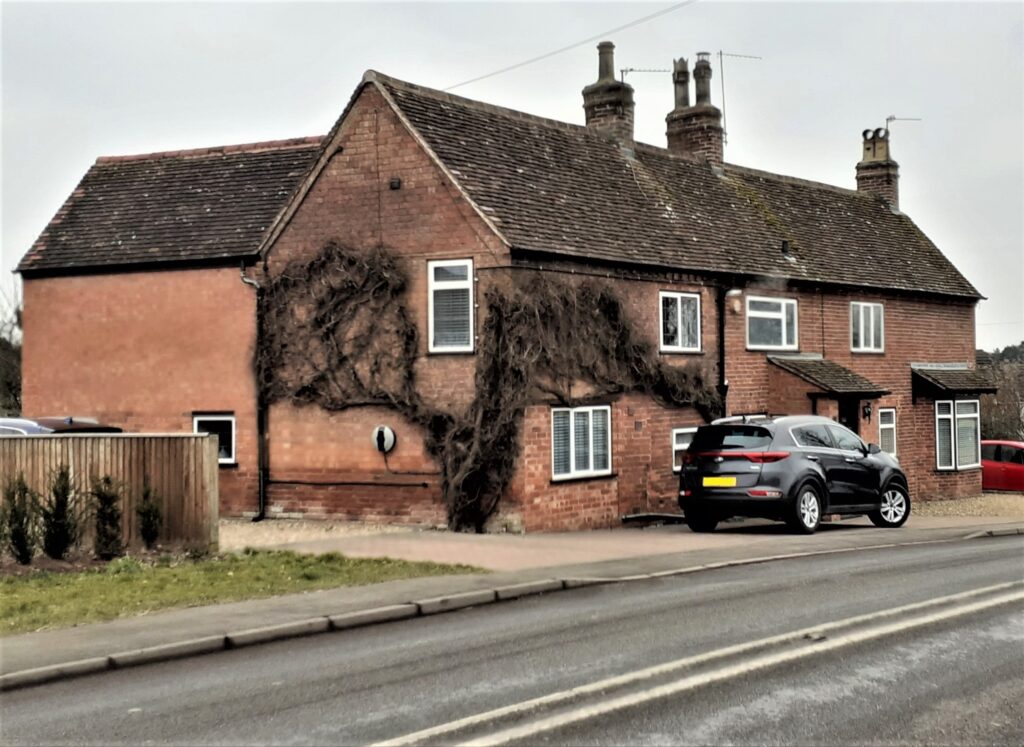
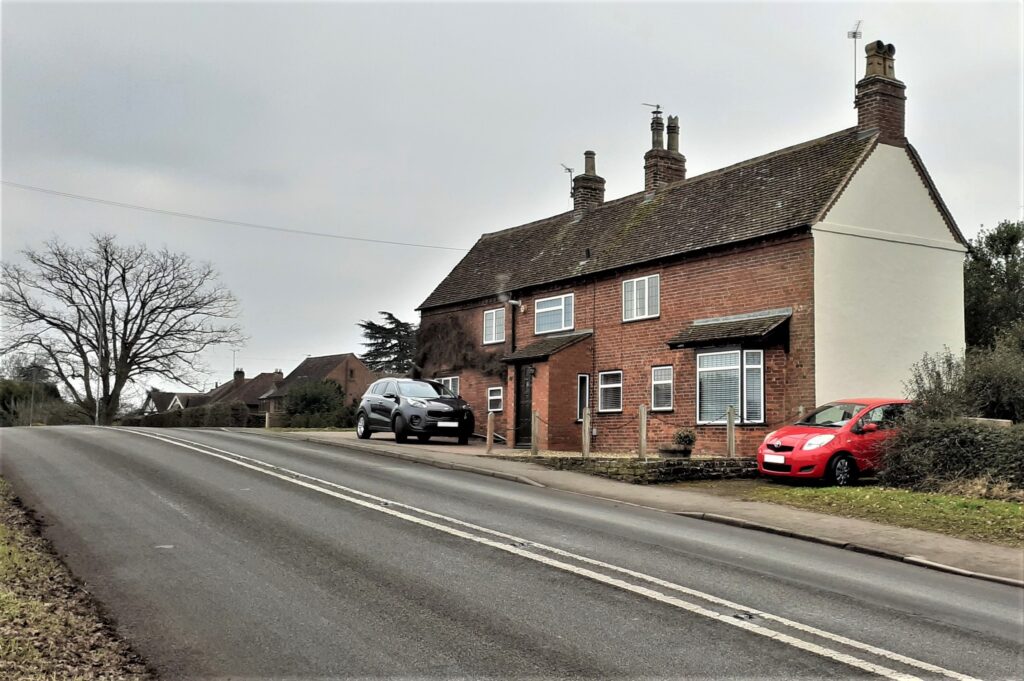
Holly Cottage Gets Demolished – 1960
Later in 1958, the land was valued at £1850, and the decision was made to put a plan into action to demolish the cottage under the national ‘Slum Clearance Programme’, as the property was deemed; ‘Unfit for habitation and incapable of being made fit at a reasonable cost‘. Strangely though, planning consent had been given back in 1954 for a further two cottages on the site but nothing ever materialised. Herbert Skinner and son Frank, were the last people to live at the cottage. They were asked to vacate the property by the KUDC, and were found accommodation at Howes Buildings at St Johns. However, by May 1960, the cottage was still standing, and a request was made to the Housing Committee for its demolition, as soon as possible. The council surveyor was asked to obtain tenders for the work and it was finally demolished later that year. Now the cottage had finally gone, the Ministry of Housing and Local Government, gave their consent to: ‘Appropriate the two fields for recreation use to the general public’.
The headline; ‘Footer Field Likely’, appeared in the 29th December 1962 edition, of the Kenilworth Weekly News (KWN), stating that various sporting organisations within the town, were disappointed at the lack of provisions being made available for adult games on the Bates Memorial Ground. But were given some hope that the fields ‘Not far from the top of Beehive Hill and opposite the end of Malthouse Lane’ had been measured up by the council, and one half of the land was deemed big enough to accommodate a football pitch. But the land was still under cultivation, so the necessary action to put a pitch down would be delayed until the tenancy was terminated. But there were issues with the tenancy.
Tenancy of Fields – 1939 to 1963
The KUDC had first put the fields out to tender on 18th April 1939, when they accepted an offer from William Page of Redfern Manor, at £60 per annum. The council also stated that Holly Cottage would be made into a habitable state of repair forthwith. But Mr Page’s tenancy at the fields didn’t last long, as by 13th September of the same year, local farmer Phil Hubbard, had taken over. However, in 1963, three years after the demolition of the cottage, it was discovered that he hadn’t paid any rent for the last three years. So, an agreement was reached with him that rent of £8 per annum would be payable from the time of the cottage’s demolition. He was then given notice to vacate the fields.
Ever since the fields were made available to the general public, goalposts have always been present, and football still remains the most popular game played there. The fields are also handy for dog walkers, and with numerous Horse Chestnut trees, conker hunters!
The Archers Arrive – 1964
Kenilworth Archery Club was formed by Dennis Jackman and Arthur Bromwich following a public meeting in March 1963 in which 38 people attended. The club quickly found a field to use, right next door to St John’s Church. It was a very short range but was a good start for the fledgling club. With momentum gathering, youngsters were invited to attended a junior only session on 4th June, Whit-Tuesday.
But the club needed another ground, within a week of the junior event they were granted permission to use Kenilworth Rugby Club in Glasshouse Lane. Here, the range was much longer, over 50 yards. But their stay at the rugby club didn’t last long, because of the start of the rugby season in September. Even the club’s first annual shoot on Sunday 29th September, had to take place out of town, at Courtauld’s ground in Coventry. Ernest Pennington-West of Lime Grove, being the overall champion. So, they were homeless once again, but luckily, they were allowed back to St. John’s.
But in 1964, the playing fields were made available to them by the KUDC, at ‘peppercorn’ rent of £2 a year, and they were there for a number of years, meeting up to three times a week. The only restriction of this new venue was that it had a maximum range of 50 yards. But for most members this was an ideal ground, and far better than at St John’s. This is when the fields at Beehive Hill became known locally as the ‘Archery Fields’. Unfortunately, the club eventually folded due to dwindling membership. So, the Archers of Kenilworth had gone forever.
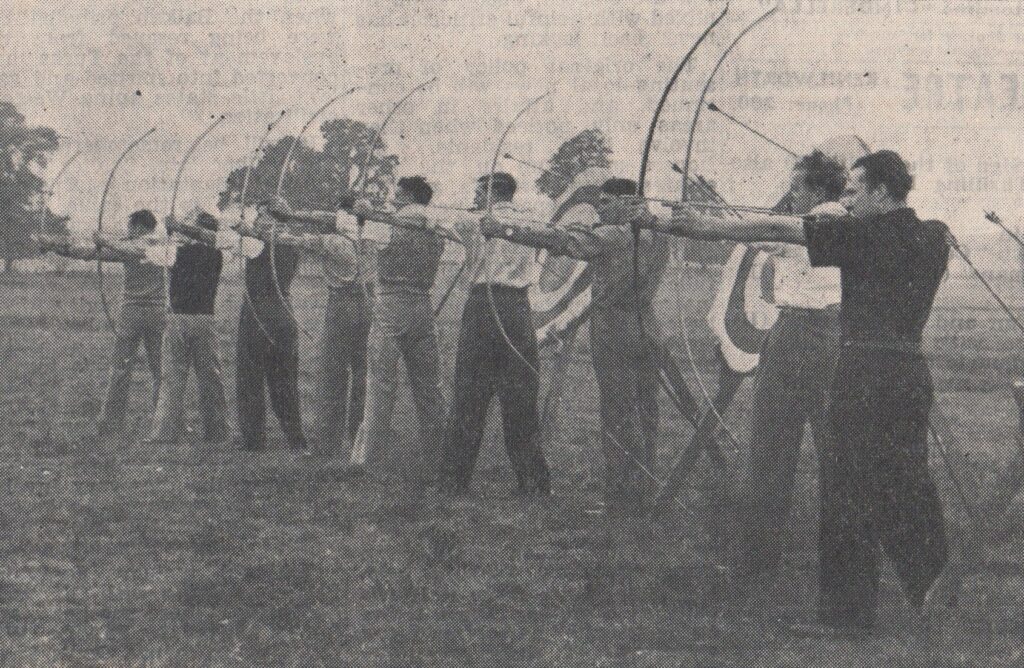
(photo courtesy of KWN)
County First School – Proposal – Refused by KUDC
A letter was received by the KUDC in November 1969, from the county architect, refering to the difficulty in finding a site for the proposed new, County First School, in the north of Kenilworth. He enquired if the council would give further consideration to the suggestion that the school be sited on the playing fields at Beehive Hill, and the school playing fields facilities be shared with the council. When this had previously been mentioned in 1967, the KUDC were concerned about the playing fields provisions in this part of Kenilworth, but with more recent feelings towards education, that the shared use of the playing fields was a possibility. The KUDC turned down the request in favour of keeping the whole site as playing fields. However, north Kenilworth did eventually get a school, Priors Field in Clinton Lane in 1976. It would have been a big mistake building a school on the Archery Fields of just three acres, Priors Field has twelve acres.
KUDC to Impose Speed Limits Along Beehive Hill
In 1970, the Health and Highways committee of the KUDC decided to impose a speed limit of 40 m.p.h. along part of Beehive Hill, that is presently un-restricted. This section of road runs from the junction of Birmingham Road and Clinton Lane to Malthouse Lane. There is already a 30 m.p.h. limit from the Malthouse Lane junction, running past St Austin’s School into Fieldgate Lane. The responsibility for this change would be the Warwickshire County Council (WCC).
Motor Cyclist’s Fatal Accident – 1921 – Pinned Beneath Machine
On the afternoon of Thurday 9th June 1921, an Inquest was held at the Warneford Hospital Leamington, by Mid-Warwickshire Coroner, Mr Ernest Hadow on Alfred Day, aged 34 of Tamworth. He had been involved in a fatal accident at the junction of Beehive Hill and Clinton lane, on Sunday last, whilst driving a motor cycle and sidecar.
Witness Mrs Day, the deceased’s wife, said that she and her husband had left Tamworth that day, and she was in the sidecar, her husband was driving. She said that her husband was an experienced and skilful driver. But when they approached Kenilworth, they were un-certain which road to take, when they suddenly saw a sign-post. Her husband turned sharply round to the left up Beehive Hill (then known as the Birmingham road), but the machine rolled over. Witness, who was unhurt, found that her husband was pinned underneath the cycle. The sister of Mrs Day, who was travelling in another vehicle about 30 yards behind, corroborated her sister’s statement.
The coroner further asked Mrs Day: There is a ‘big hill’ were he turned, is there not? – I do not think so, came the reply from the witness. Mr Hadow added; I have known that place for 50 years and I know there is a ‘big hill’ there. It is peculiar that neither of the witnesses noticed it, he replied.
Medical evidence was given by Dr Levin of Warneford Hospital. He stated that the deceased sustained broken ribs on his right-hand side. When he was admitted to hospital the case was not regarded as serious. Death was due to internal hemorrhage, probably caused by movement on part of the man, following his admission to hospital. A verdict of ‘Accidental Death‘ was returned.
The Arrival of The Allotment
In 2006, the idea was proposed to use the field adjacent to the football pitch for an allotment. There was mixed views from local residents but a questionnaire in the KWN in the following year prompted 140 replies in favour of the proposal, But a petition of 101 signatures opposed the scheme. However, the executive of WCC eventually approved a five-year lease for the site. It was agreed that Kenilworth Town Council, would sub-let the field to the Kenilworth Allotment Tenants Association, who already controlled two other sites in the town.
However, there were delays due to the lease agreement, but in March 2009, Councillor John Whitehouse was allocated £958 from the Member’s Fund at WCC, for a water supply to be installed at the site.
Story to be continued. If you have any information that could be useful for this article, please contact us.
Sources/references
Ancestry.com
Warwickshire County Record Office
Kenilworth Urban District Council Minutes Book
Kenilworth Library
Kenilworth Weekly News
Warwickshire County Council
Leamington Courier
Dennis Jackman
Jackie Skinner
Frank Skinner

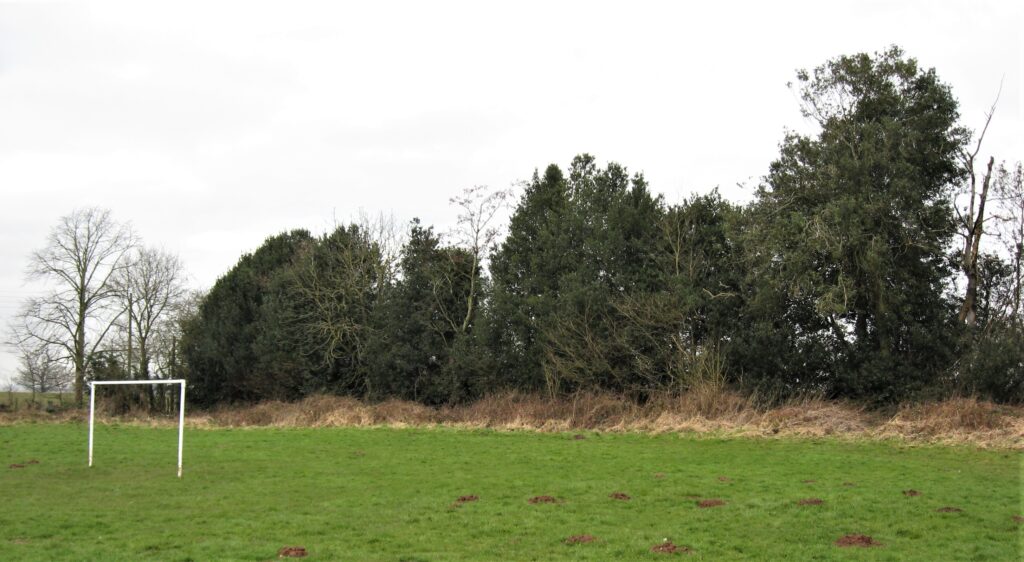
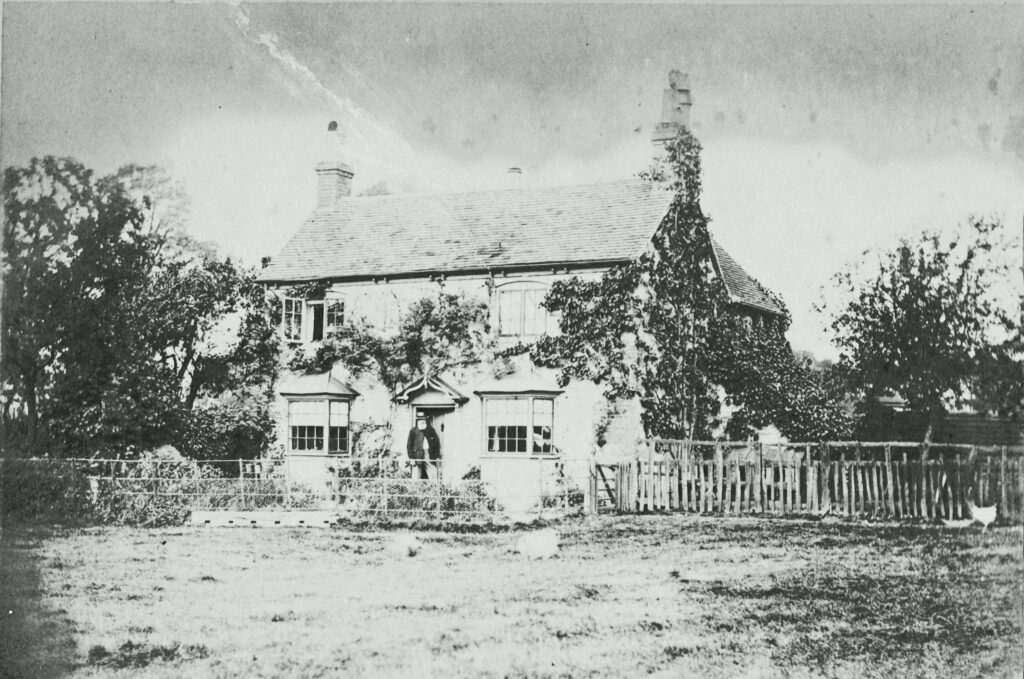
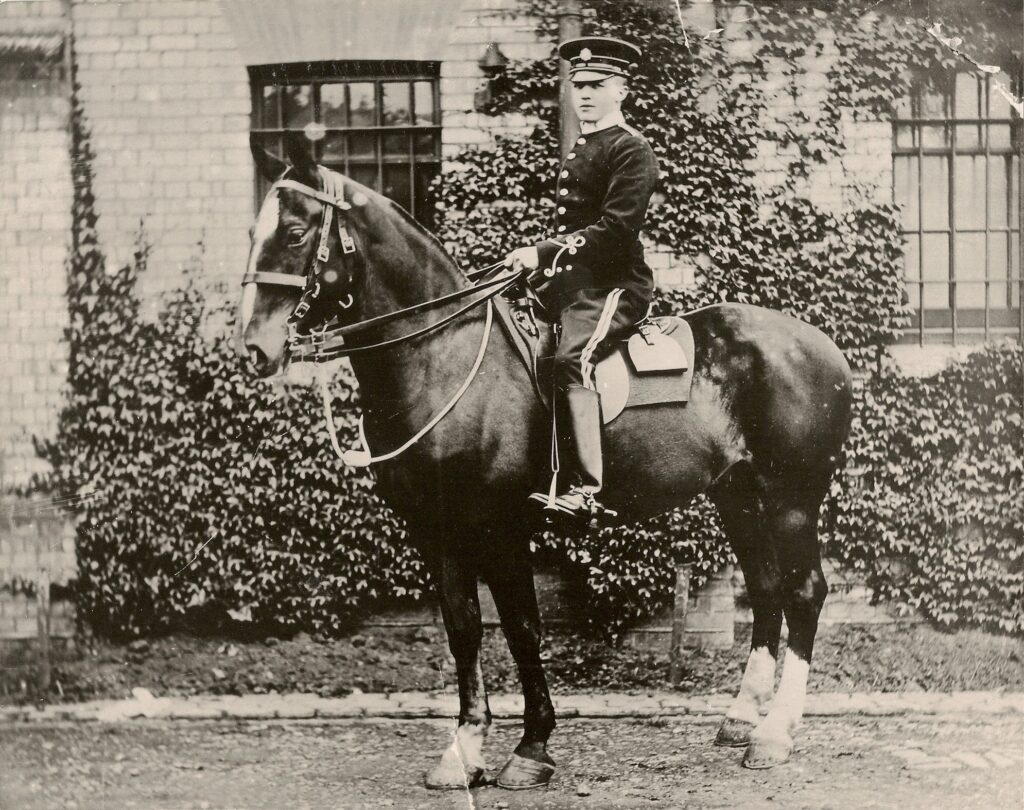
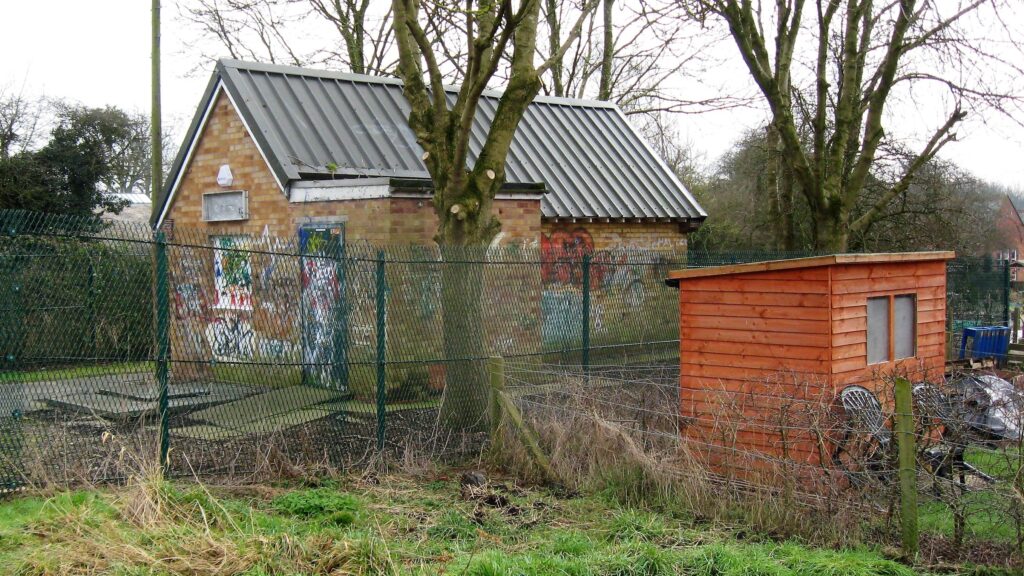
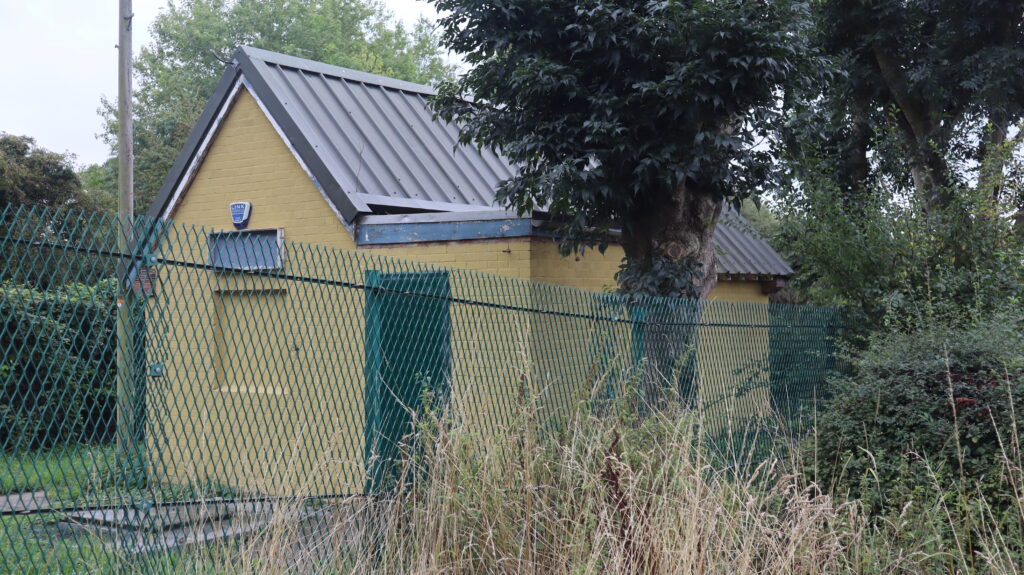
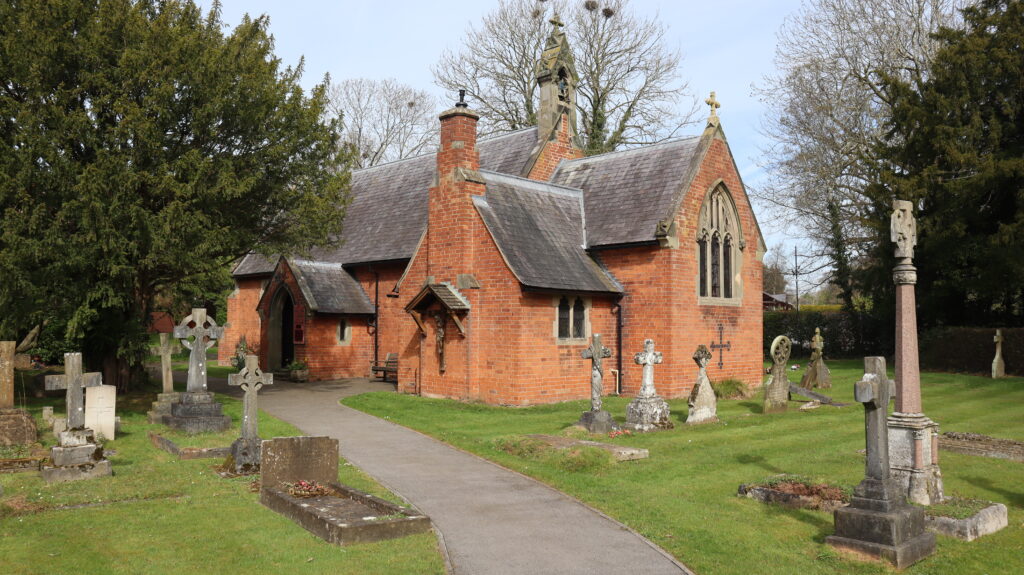


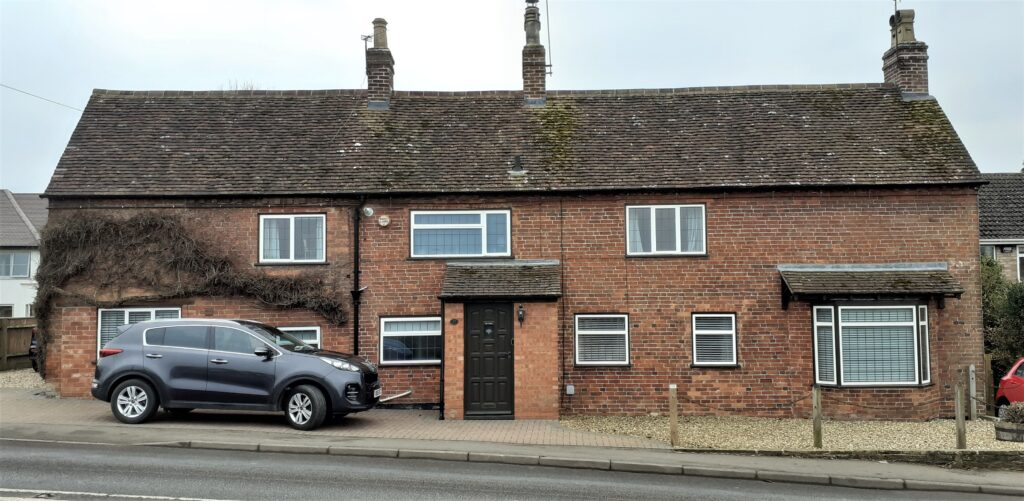
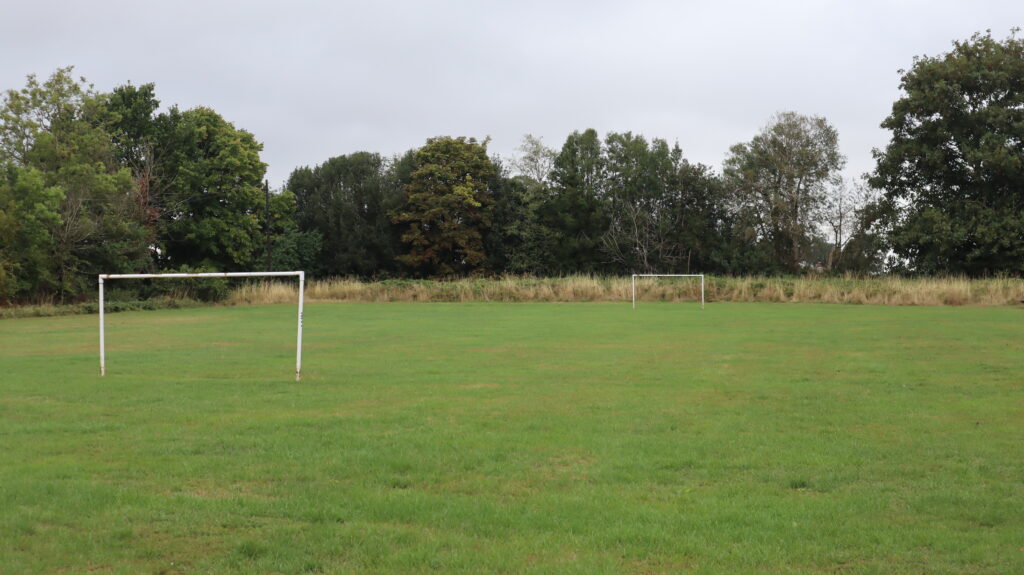
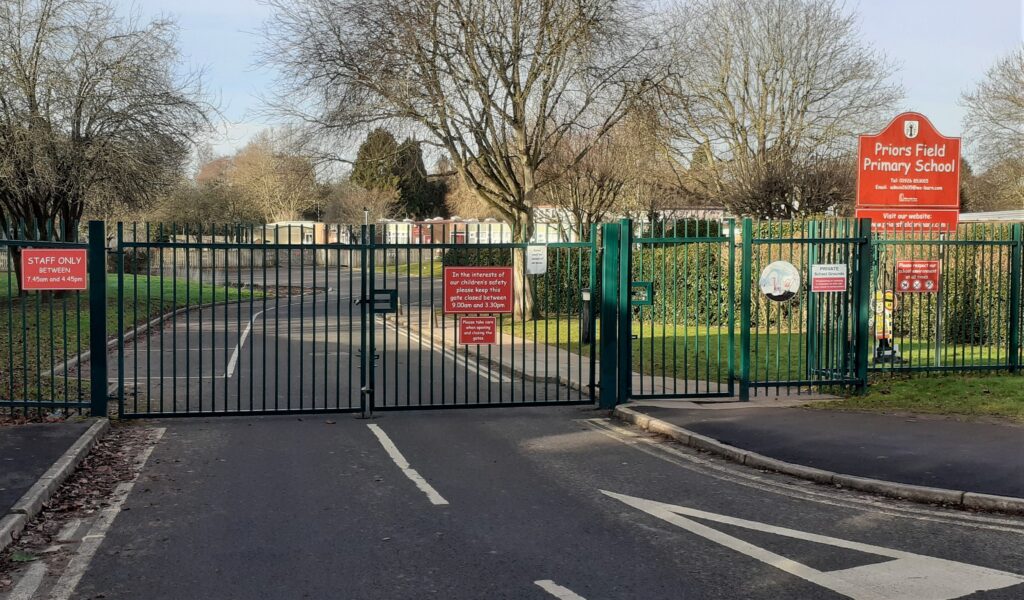
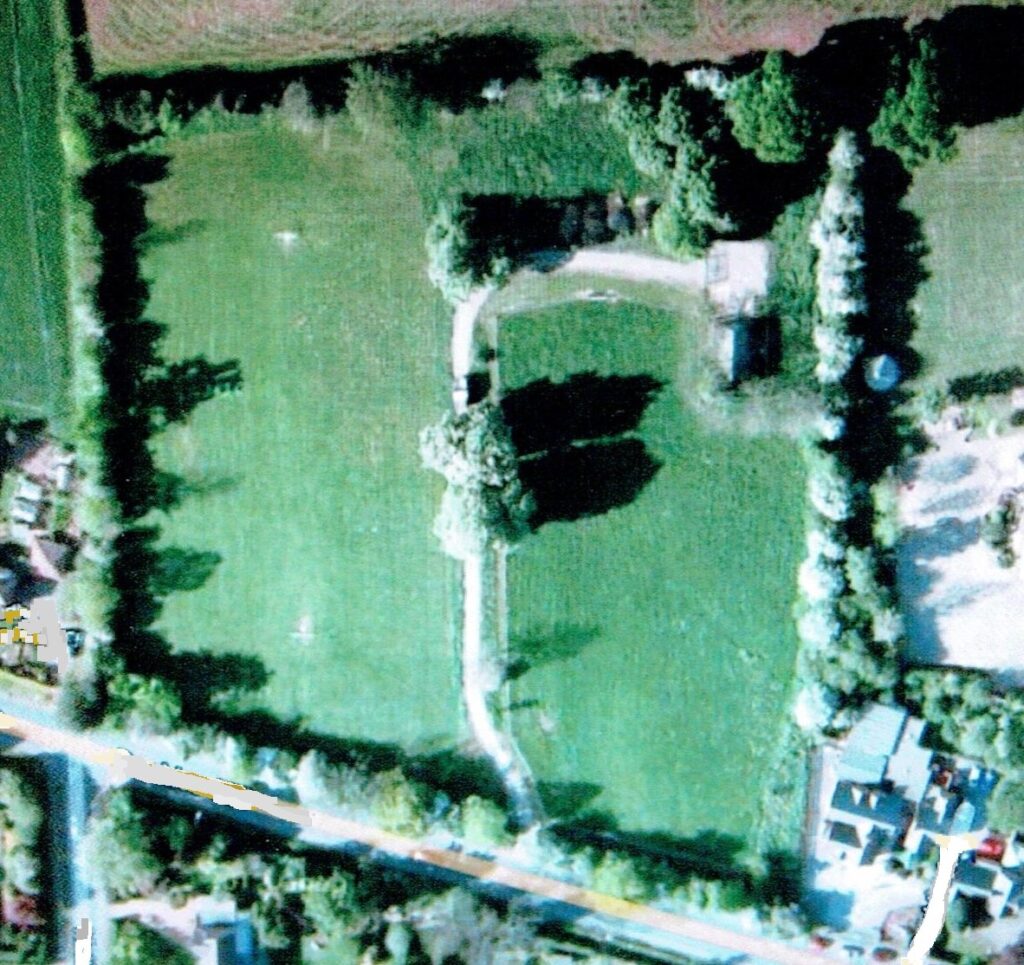

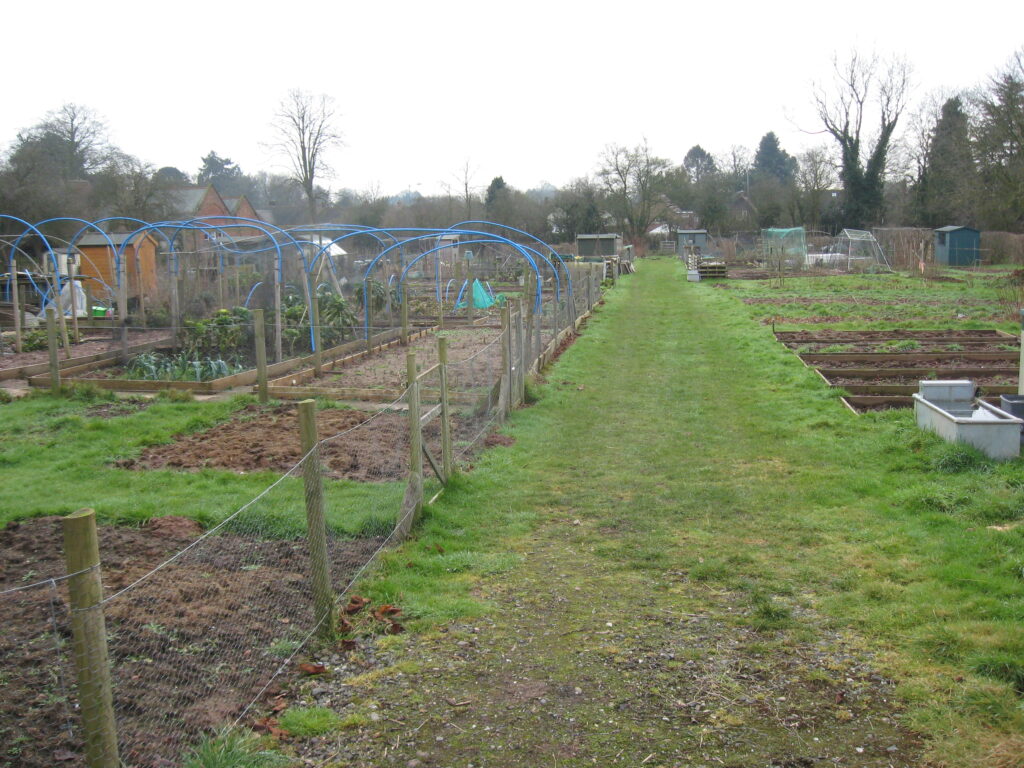
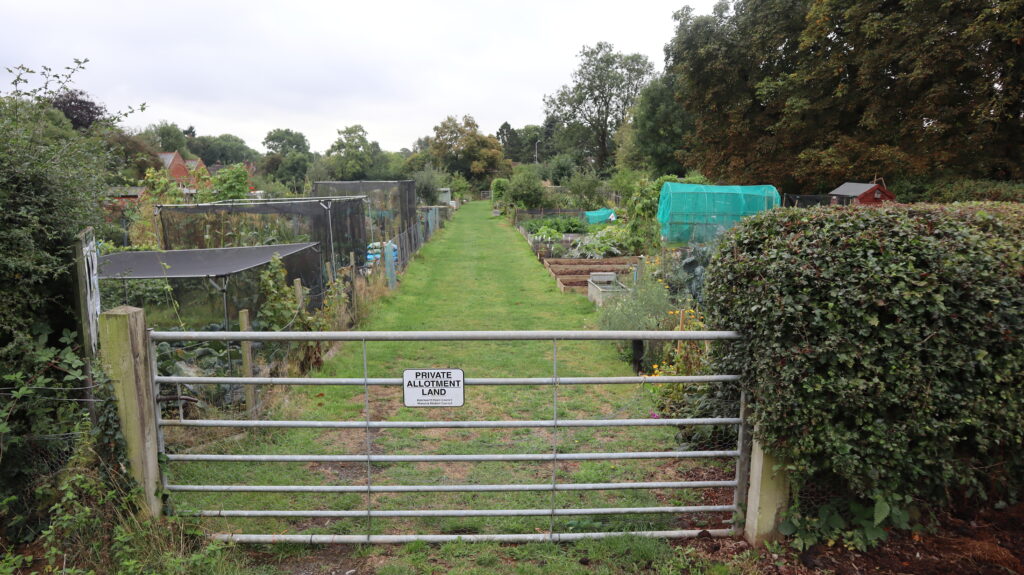
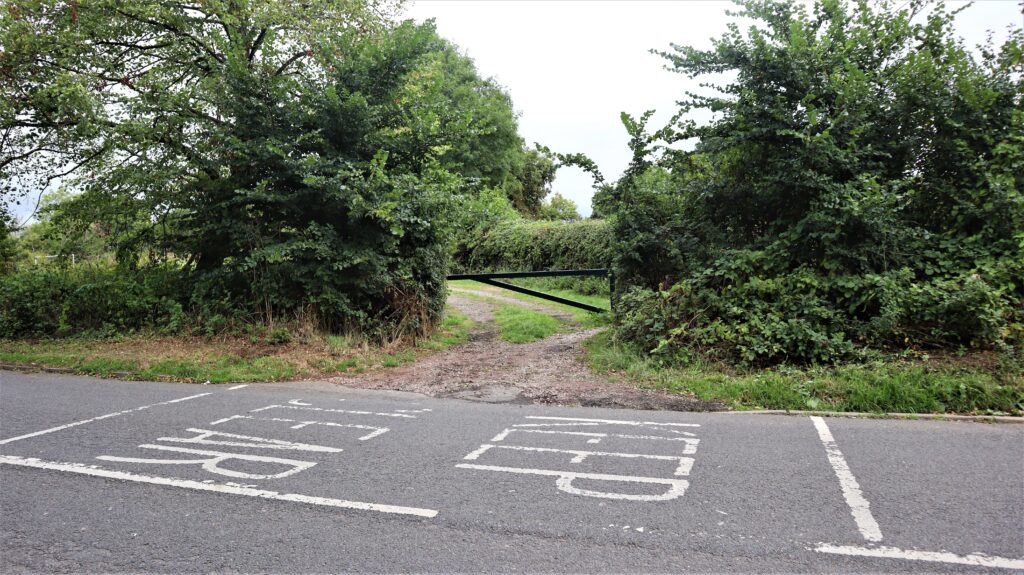
Very interesting. We are the current owners of Oak Cottage and have a bit of research on its history. We have always looked for a photograph of the cottage from back in the day, but I don’t think anything exists.
Hello Paul
Many thanks for your message, nice to hear from the present owner of the old ‘Beehive’ beerhouse!
I’ve been researching Beehive Hill/Archery Fields/Holly cottage for more that a decade and i’m still finding new stuff to add to the story. I dont think I’ll ever stop!
I get my research from a number of sources, tnewspapers archives/cencuses/Warwick Records Office etc
I must agree with you Paul, I don’t think we’ll ever see an old photo of the place, which is a great shame. I’m sure one must have been taken at sometime but lost to history. But you never know.
Would there be any chance I could visit you and the cotage one day, I only live round in Woodcote Ave?
Regards
Nick Greeen
[email protected]